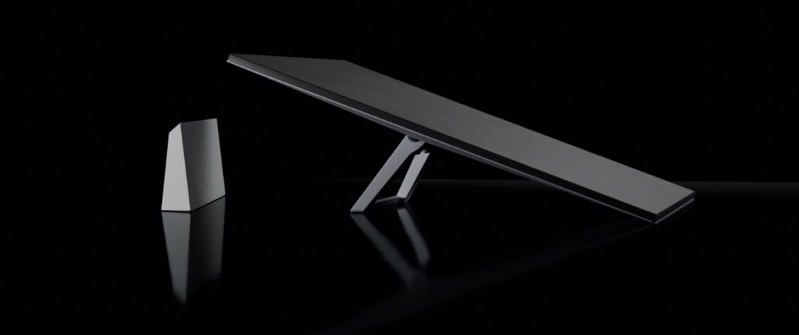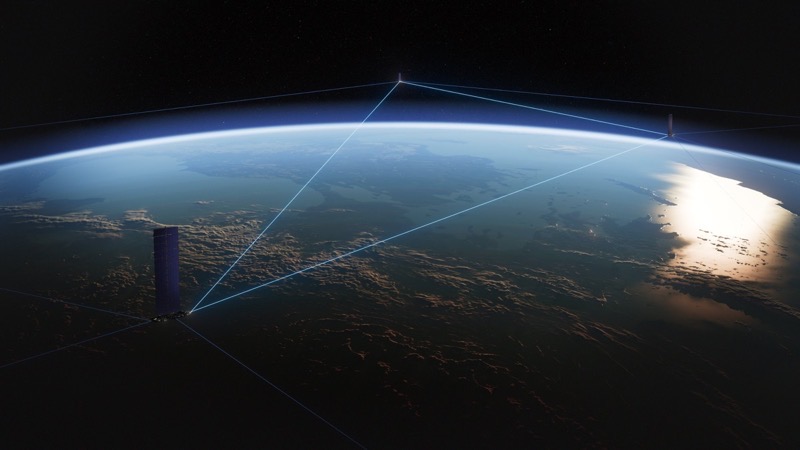
Exposé: How SpaceX is Safely Pioneering Reusable Rockets with Mission Success

Photo: SpaceX
Space and flight publication Aviation Week conducted interviews with top SpaceX executives as part of a behind-the-scenes look at the company for a two-part series looking into how it has impacted the industry.
SpaceX is farthest along in achieving airline-like flight operations in the space industry with reusable launch vehicles, and the company has done so while maintaining safety and reliability.
Elon Musk’s space exploration company currently commands a fleet of 21 launch vehicles consisting largely of Falcon 9 rockets.
The Falcon 9 boosters were originally only supposed to fly 10 missions before being taken out of the rotation for major refurbishment. However, when one of them stuck a record 10th landing last year, SpaceX realized it could do more.
“We got to 10 [flights] and the vehicles were still looking really good, so we started the effort to qualify for 15,” Jon Edwards, vice president of Falcon launch vehicles and Falcon engineering at SpaceX, told Aviation Week.
SpaceX then validated each part of its Falcon 9 boosters for four times the wear and tear it would see over the course of 15 flights. “That gives us margin well beyond what they’ll ever see in their service life,” said Jessica Jensen, vice president of customer operations and integration.
The company is eyeing its first-ever 13th launch and landing of a reusable Falcon 9 rocket later this month. SpaceX also estimates that the same rocket could complete the 15 launches it is qualified for by the end of this year.
Reusable hardware is only one part of the equation — downtime between launches is another. SpaceX is constantly closing the gap between when a booster lands and when it is ready to be launched into space once again. Back in April, the company launched a booster that had landed just 21 days prior.
SpaceX has been able to revolutionize spaceflight by constantly iterating each process and each component and making unprecedented leaps in maintenance and repair.
The company currently has 18 sets of reusable fairings, or 36 halves, that are certified for 10 flights each. SpaceX plans on validating its fairings for 15 flights.
The rocketry giant ultimately plans to shift all of its flights to the fully reusable, super-heavy-lift Starship, which it hopes will one day enable interplanetary travel.
SpaceX has been waiting on approval from the U.S. Federal Aviation Administration (FAA) for the first orbital flight of Starship, but the government watchdog has repeatedly delayed its environmental review of the proposed launch.
Most recently, the FAA pushed back the Final Programmatic Environmental Assessment (PEA) for SpaceX’s planned Starship launch to June 13.
Earlier this week, SpaceX successfully launched an Egyptian communications satellite to geosynchronous transfer orbit aboard a Falcon 9.

